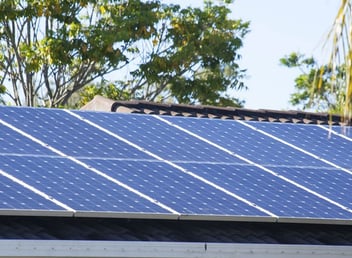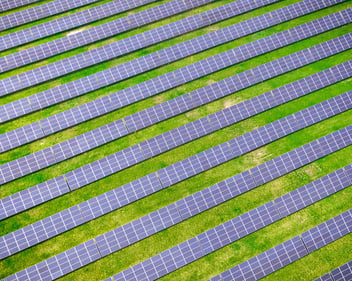How much power does a 5kW solar system produce per day?
Customers often ask how much their system should produce, and the answer is not that difficult. But it used to be. Meaning, when the industry first began and we had little experience with real-world solar performance, there was a bunch of equations floating around that we used to construct the answer, based on science and maths. The calculations included the size and number of panels in kW rating, angle and orientation of panels to the sun, length and quality of cabling, inverter characteristics, potential soiling etc. Oh, and type of solar panel technology (there used to a few sorts). Then, after a few years of installation experience we began to see that the calculations matched real-world results, which was to be expected. Now that we’re further down the track we tend to rely on historical results as a prediction of future results, now that we know that theory and experience correlate. Also, panel and inverter technologies have improved and there is less variation in performance, which enhances predictability.
Short answer …
Oops, firstly, it’s important to note that power (measured in kW) is different to energy (measured in kWh). See my future blog about this.
Short answer …
In Melbourne, a 1kW system should produce around 3.8kWh per day, annual average.
Therefore, a 5kW system should produce around 19kWh per day.
In Sydney, with more sunshine, a 5kW system should produce around 20.5 kWh per day, and in Brisbane this is nearly 22kWh per day.
My favorite source for the data is an international site called PV Watts, available in the internet.
From this point, it’s simply a matter of which direction the panels are facing, and we count on roughly 15% loss from the above figures for east or west. And only 12% loss for a flat installation, which is interesting. And, surprisingly only a 33% loss for a south facing installation.
.png?width=1514&height=370&name=SkyGreen_Logo%20(2).png)


